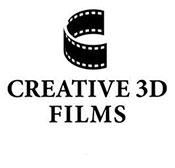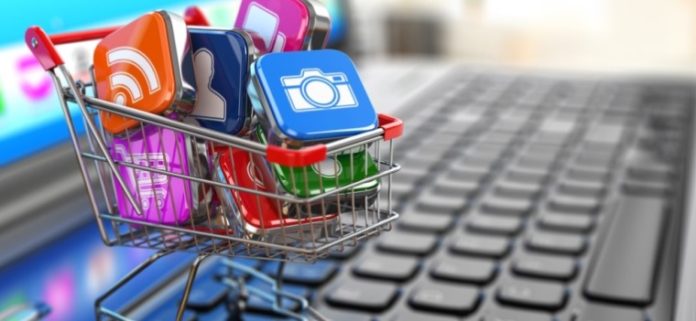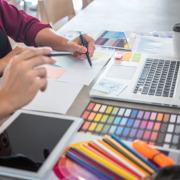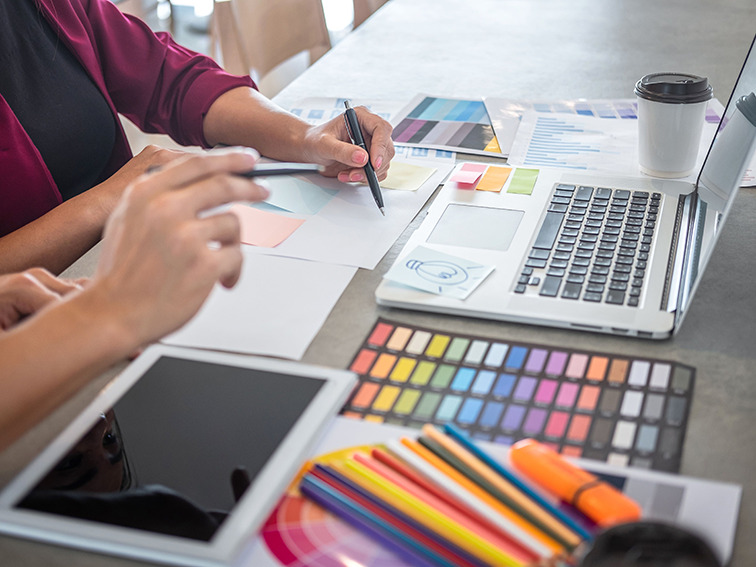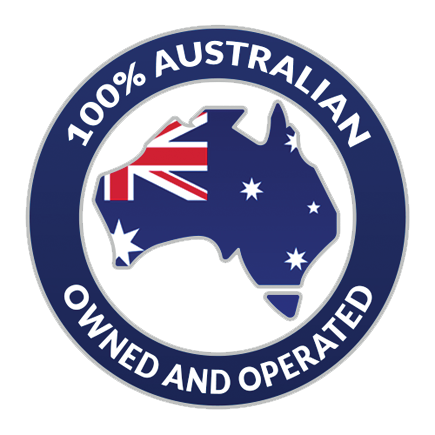Unless you’re a small business owner who is not interested in growing your brand, you need to have a website. These days building a business website or e-commerce store is easier than ever: it doesn’t cost too much money, you don’t have to know how to code or design, your online store is not restricted to business hours, and it’s one of the best means of advertising. Having a small business website isn’t just about selling your goods and services — it’s also about providing something of value to potential customers. With so many low priced online services, there’s really no excuse to keep putting it off. Still not sure how having a website will help you grow your business?
Here are ten reasons every business needs a website:
1. Your customers expect it.
If this were the only reason on the list, it would be enough. Six out of ten consumers expect brands to provide online content about their business on some form of digital property, and more than half head straight to the brand’s website for product information.
If you don’t have a business website, today’s digital-savvy (and impatient) customers may look elsewhere. Take a look at this list of specifics that customers say they want from a business website.
2. It provides social proof.
Ninety percent of consumers claim that online reviews influence their buying decisions.
You could rely on for example Yelp, Foursquare and other review sites to host reviews for your brand, but you can kill two birds with one stone on your own website.
Since potential buyers are already looking for you online, including customer testimonials on your site is a great way to impress potential buyers.
3. You control the narrative.
It’s true that you cannot control what others say about you on social media channels, but you can influence public perception by creating your own story via a business website.
A company blog helps business owners get their message, mission, and personality in front of their target audience faster than print ads or snail mail brochures.
Plus, social icons linking to Facebook, Twitter, Instagram, and other networking platforms make sharing your content easier for your visitors who like what they see.
4. More bang for your buck.
When you use website-building services, like www.Creative3DFilms.com, you position your company to reach thousands more potential customers for less than you would spend mailing a thousand brochures by traditional mail.
5. You don’t need extensive coding or technical skills
We do all that for you…better than a WX website ever will be, their cheap and nasty website building tools that do not not even rank your website in google’s search engine, Don’t believe their ads and do not us them!
6. Your competitors all have company websites.
Consumers typically start their buying journey with research and recommendations from peers and social network connections.
Studies show that once a consumer has an idea of what they need or want, they start researching, and 72 percent of them go online to find educational material, reviews, and testimonials, according to a recent report.
So if you’re not staying competitive with your competition, you’re giving shoppers a reason to buy from another brand.
7. Never put up the ‘closed for business’ sign again.
Nobody wants to work at 3 a.m., but some people like to shop then. Having a business website or e-commerce store means that you can sell products all the time — not simply between 9 a.m. and 5 p.m.
An online store can mean a dramatic boost in sales, especially when you factor in additional customers who are not restricted by geography. Your online presence also supports marketing campaigns, customer service, client relationship building, brand recognition, and almost every other element of the revenue stream.
Combining your website with marketing tools, like email marketing, helps you reach new customers and generate repeat business.
8. You’ll show up in Google search results.
Consider this: 91 percent of consumers perform online research before making a purchase. That means they go to Google and type in one or more keywords, like “best leather shoes” or, if they know what they want, “handcrafted Italian leather women’s shoes in Currumbin.”
If you don’t have a website for your business, the chances of showing up on the search engine results page (SERP) are zero. But if you have a site, you can optimize it for search engines, thereby increasing your chances of appearing at the top of Google’s results and getting more visibility with potential customers.
9. Create a resource center for your staff.
In addition to helping customers, your business website can also benefit your own employees.
Create an orphan page (one that is not visible anywhere on the site so it can’t be found unless someone is given the direct link) with self-service videos, instructional materials, or even internal forms to help your team learn everything they need to know on their own schedules.
10. Showcase your products and services.
Not only can you display your products or outline your services in detail with beautiful images, but you can provide short video tutorials or downloadable PDF instructions to give hesitant customers no reason to go elsewhere to purchase.
Need help setting up a website for your business?
If you haven’t created a website for your business, you can get set up with a web hosting service from Creative 3D Films. Learn more about this here.
Want to outsource your website & management? Contact Creative 3D Films we have small business and marketing services. Check out the list of marketing services — on our Creative 3D Films services tab of our website.
